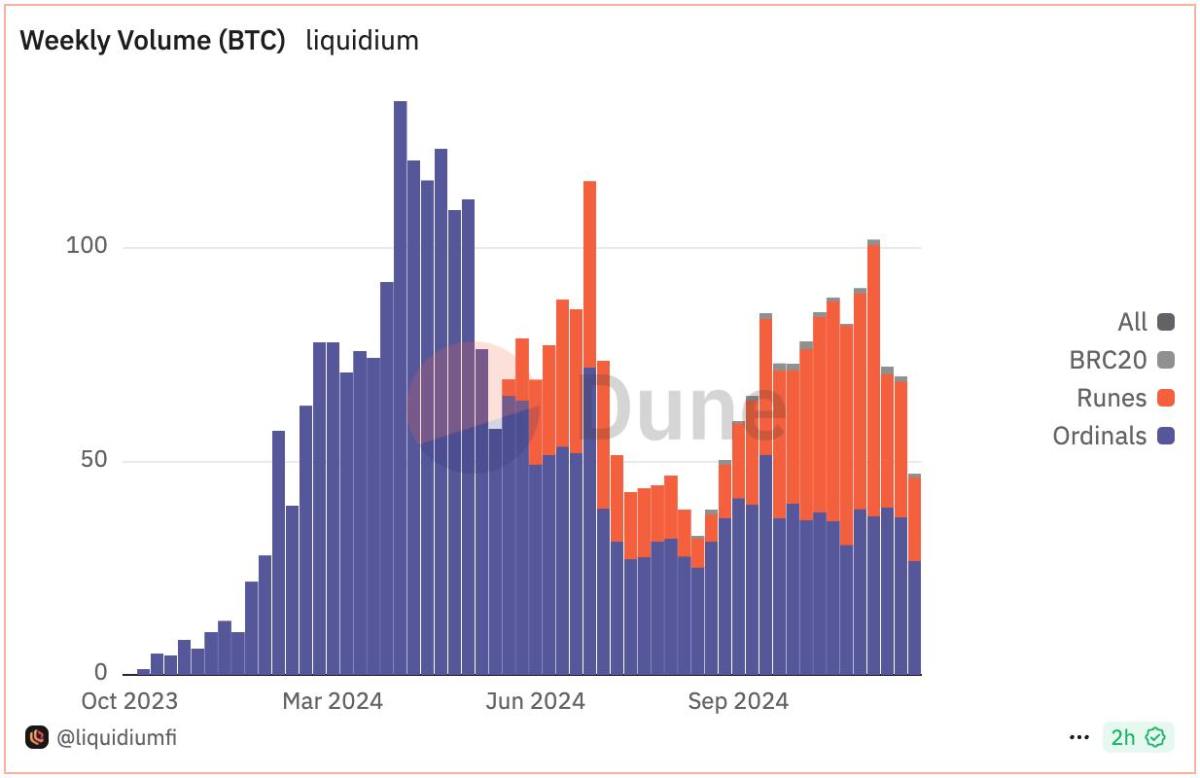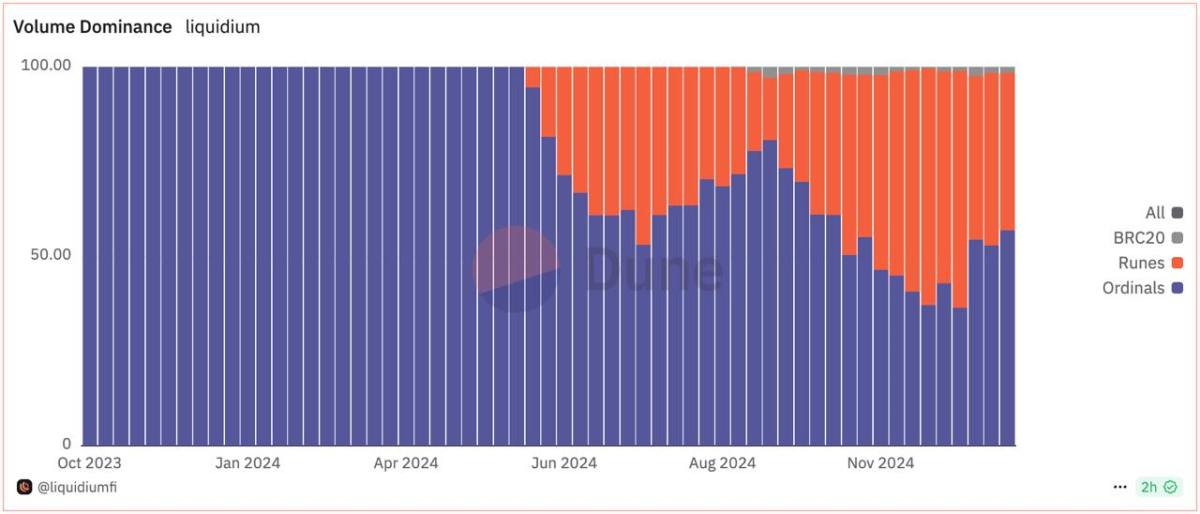
Over the past year, the Bitcoin Renaissance has drawn significant attention to BTCfi, or “Bitcoin DeFi,” applications. Despite the hype, very few of these applications have lived up to their promises or managed to retain a significant number of “real” users.
To put things in perspective, the leading lending platform for Bitcoin assets, Liquidium, allows users to borrow their Runes, Ordinals, and BRC-20 assets. Where does the yield come from, you ask? Just like any other loan, borrowers pay an interest rate to lenders in exchange for their Bitcoin. Furthermore, to ensure the safety of the loans, they are always overcollateralized by the Bitcoin assets themselves.
How big is Bitcoin DeFi right now? It depends on your perspective.
In approximately 12 months, Liquidium executed over 75,000 loans, for a total loan volume of over $360 million, and paid lenders over $6.3 million in native BTC interest.
For BTCfi to be considered “real”, I would say that these numbers need to grow exponentially and become comparable to those of other chains like Ethereum or Solana. (Although I firmly believe that over time the comparisons will become irrelevant as all economic activity will eventually rely on Bitcoin.)
That said, these results are impressive for a protocol that is barely a year old and operates on a chain where even the slightest mention of DeFi is often met with extreme skepticism. For further context, Liquidium is already outpacing altcoin competitors like NFTfi, Arcade, and Sharky in volume.
Bitcoin evolves in real time, without requiring changes to its underlying protocol: that’s what I’m here for.

After a rocky start, Runes are now responsible for the majority of loans taken out on Liquidium, outpacing both Ordinals and BRC-20s. Runes is a significantly more efficient protocol that offers a lighter load on the Bitcoin blockchain and offers a slightly improved user experience. The improved user experience provided by Runes not only simplifies the process for existing users, but also attracts a considerable number of new users who would be willing to take an interest in the chain in a more complex way. In contrast, BRC-20 has struggled to acquire new users due to its complexity and less intuitive design. Having additional financial infrastructure such as P2P lending therefore marks a step forward in the usability and adoption of Rune and potentially other Bitcoin-backed assets in the future.

Lending volume on Liquidium has increased steadily over the past year, with Runes now comprising the majority of activity on the platform.

Ok, so runes are now the dominant asset supporting Bitcoin native lending, why should I care? Is this good for Bitcoin?
I’d say that regardless of your personal opinion on Runes or the on-chain degeneration games going on right now, the fact that real people are trusting the Bitcoin blockchain to take out decentralized loans denominated in Bitcoin should make lovers stand up and cheer of freedom.
We are winning.
Bitcoiners have always said that no other blockchain can match Bitcoin’s security guarantees. Now others are starting to see it too, bringing new forms of economic activity to the chain. This is undeniably bullish.
Additionally, all transactions are natively secured on the Bitcoin blockchain: no wrappers, no bridging, just Bitcoin. We should encourage and support people who are building this way.
This article is a Take. The opinions expressed are entirely the author’s and do not necessarily reflect those of BTC Inc or Bitcoin Magazine.
